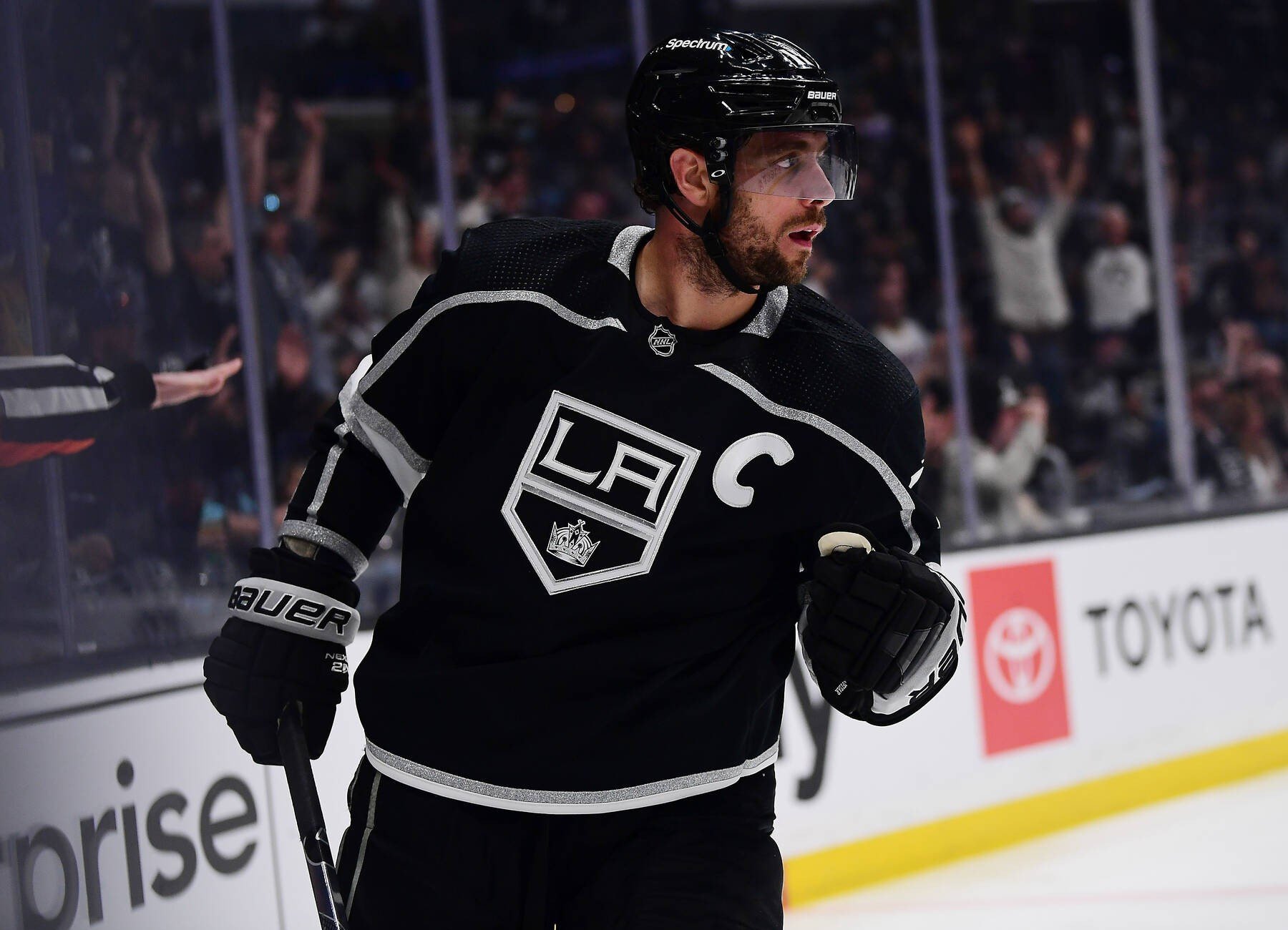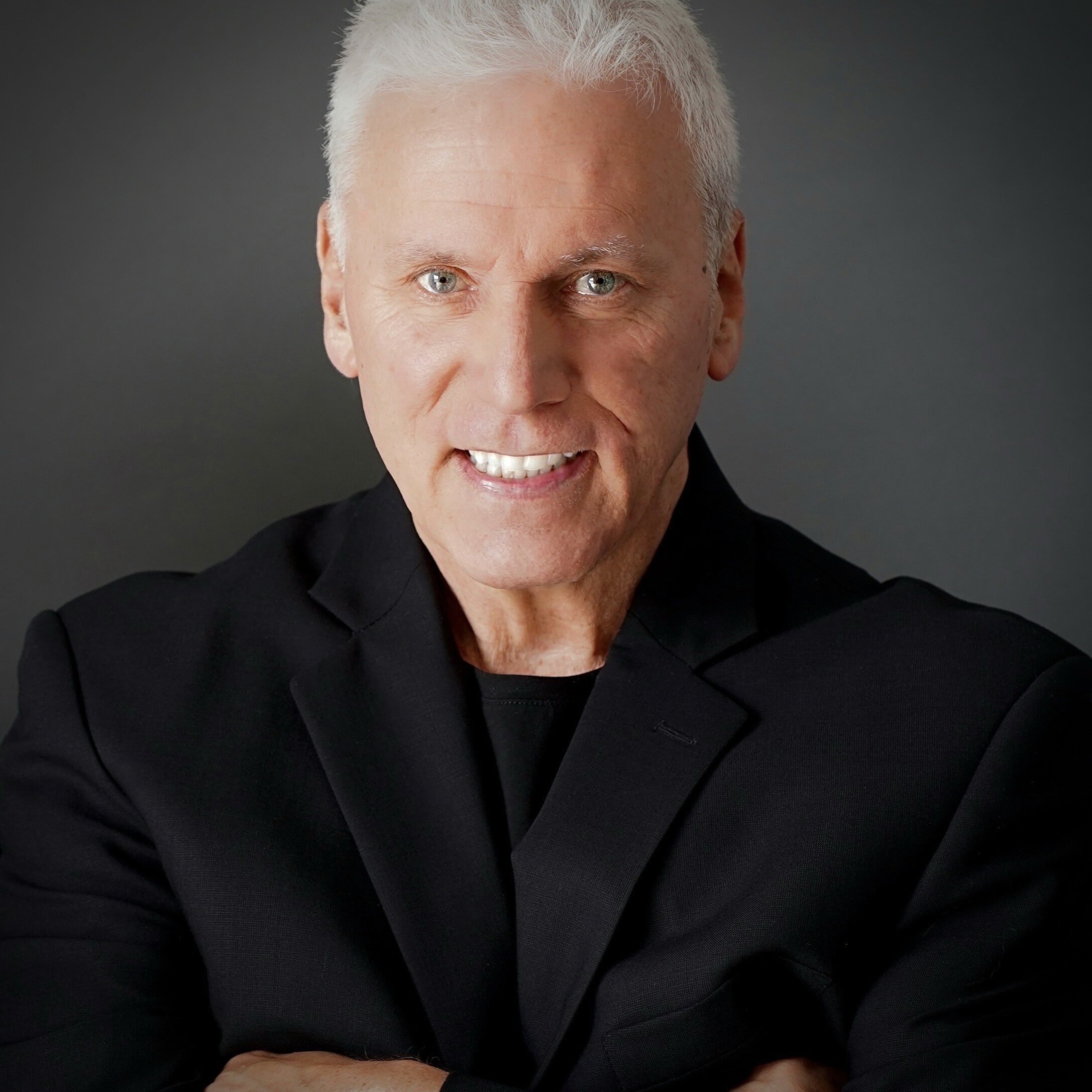July 6, 2022 | 10:30am ET
BY Dennis Bernstein, The Fourth Period
LAK SUMMER: FROM THE HUNTED TO THE HUNTERS
LOS ANGELES, CA – It ended at Game 89 and it took Connor’s McDavid’s best game in the NHL to do so.
The Los Angeles Kings season ended with a first-round elimination by the Western Conference Finalist Edmonton Oilers, an eighth month ride that had the expected hills and valleys and unexpected, unprecedented injuries, which on balance was successful. A return to the Stanley Cup Playoffs achieved the initial goal of a post-season return and if Game 6 in Los Angeles did not slip through their fingers, their first playoff dance since 2015 would have been a multiple round affair.
The bitter Game 7 loss doesn’t cloud the strides the team took in a surprising 99-point regular-season. It wasn’t hard to predict improvement over the 2020-21 season, a mess that projected to 72 points, but was a conduit to move General Manager Rob Blake to improve the roster externally with public prodding from team leadership.
Signing Phillip Danault and Alex Edler and trading for Viktor Arvidsson turned out not to be gold but platinum moves. Not only did the individual players’ performances exceed the price paid but it galvanized the roster – it made Trevor Moore a top-six player and Edler’s presence helped to ease the indoctrination for the legions of young, inexperienced defensemen that appeared on his blueline all season long.
But even with those moves, the Opening Night roster didn’t appear to be one capable of playing in the 100-point neighborhood a team needs to reside to play past Game 82.
And that’s where the system comes in.
There’s no question that the system Todd McLellan has in place was maximized this season. From veterans that needed to buy in – and then achieving success with it – and the kids that needed to learn and execute, this team became a superior puck possession team and a competent defensive team. The alignment between the Kings and its Ontario Reign AHL affiliate helped to make what appeared to be a seamless transition to NHL play for its untested youngsters. The structure and style of play helped Sean Durzi and Jordan Spence to integrate when injuries to Drew Doughty and Sean Walker threatened to wreck the right-side defense and the season’s hope.
To see the transformation to a competitive team which featured resiliency in the midst of a roster that literally changed daily in March and calmness playing all those one-goal games (almost half of them, 38 to be exact), was refreshing to see after multiple seasons of uninspired play. With season-long challenges on offense and with more talented rosters in competition for a playoff spot, the Kings finished 8-4-1 down the stretch to finish third in the Pacific Division and set up a classic seven-game series with McDavid’s magnificence being too big of a mountain to climb.
Even with the sting of the Game 7 loss fresh in their minds, the players who participated in the exit meetings struck a much more positive tone than any debrief in the Blake era. There were no complaints about missing the post-season, no pleads from legacy players to improve the roster, no questioning if the organization was heading in the right direction. Even with the bittersweet backdrop of Dustin Brown’s retirement, the consensus from team leadership is positive, the belief exists that they are on track to contender status is on the horizon.
But as challenging as the return to the post-season was, a bigger challenge lies ahead.
The question at hand – is the step from non-playoff team to playoff team a larger one than the one that takes a team from playoff team to legitimate contender?
The body of work required to get to the top eight in the Western Conference was greater – selling off established talent and deciding which to keep, aligning the reserve chart with prospects, selecting the coach and staff and restart the process to add external pieces to fill talent gaps. The next step may be smaller but with a greater degree of difficulty – finding difference makers, either emerging from within or the more necessary move, navigating free agency frenzy or the trade market.
For as much as improvement that occurred this season, the reality is that system teams don’t win championships.
No question, structure must be in place for a team to win but at some point, like Game 7 in Edmonton, superior talent wins the game. The Kings find themselves in a situation like their football cousins the Rams found themselves in before their Super Bowl victory in February. They found a coach in Sean McVay whose message resonated, brought an effective system and made the playoffs in consecutive seasons but only when GM Les Snead made the trades for Matthew Stafford and Von Miller and signed Odell Beckham, Jr. did they realize their dreams.
It's not lost on me that for Game 7, three first-round picks were healthy scratched for Los Angeles (Quinton Byfield, Gabriel Vilardi, Tobias Bjornfot and a fourth if you consider Lias Andersson, who was traded for). Only Rasmus Kupari of the recent crop of first rounders suited up for the final match and played only 8:01. Going forward, Byfield and Vilardi (assuming he will be on the team and not dealt) can’t combine for 10 goals in 65 games and can’t be in the press box for an elimination game next season. Arthur Kaliyev can’t finish with three goals in his last 33 games. And while Doughty missing half the season impacted their offensive numbers, Los Angeles can’t be 31st in goal-scoring by defensemen.
But with one aggressive move, one that I’ve been saying was necessary for some time, Los Angeles has progressed from being The Hunted to The Hunters.
Taking advantage of the sticky salary cap math in Minnesota caused by the dual buyouts of Zach Parise and Ryan Suter, Blake swooped in and plucked winger Kevin Fiala off the Wild roster. Blake acquired an 85-point first-line winger, one who was among the best at 5-on-5 scoring in the NHL this season, without surrendering comparable established talent. With the caveat of paying a player almost $ 8 million per coming off a career season, one that was 31 points better than his previous career-high, it fills the substantial hole on the top line with a 26-year-old player whose style aligns with the identity that was established this season.
Fiala said all the right things during his first conversation with the media.
“The future is bright for this team,” Fiala said from his home in Switzerland. “I’m very excited for a new chapter,” noting that he had a chat just one day before signing the extension about committing long term to the Kings. Our Dave Pagnotta reported the Kings were granted permission to discuss an extension with the Fiala camp during the trade negotiations.
It gives the roster a proven finisher, it gives Kopitar the speedy playmaker he’s never played with, it completes the top-six forward wall, assuming Trevor Moore, Danault and Arvidsson can replicate the magic they produced last season, and it lessens the pressure of the kid forwards to elevate to a feature role in 2022-23 when none looks prepared to do so. And yes, you have to figure Fiala will improve the powerplay.
“I’m at my best when I’m around the net,” a welcomed brief self-scouting report for LA fans on his 85-point breakout season.
But most importantly, it ends the incoming calls from contending teams’ GMs looking to vulture NHL talent in exchange for futures for a post-season run. The March interviews you’ve heard about how difficult it was to part with a long-standing member of the organization are no more, the Twitter posts thanking them and wishing them the best in their new home won’t be seen on your timeline.
So, with uncertainty around Johnny Gaudreau returning to Calgary, the seemingly never-ending questions about depth and goaltending in Edmonton, Los Angeles should be in the conversation for the Pacific Division title when training camp opens in September. The Kings are not the only ones with designs on the top two finishers in the Pacific, Vancouver played far better with Bruce Boudreau behind the bench and Vegas injury woes likely won’t be as acute, but questions surround those team’s chances as well (J.T. Miller status, Robin Lehner inability to carry a team to a title).
Blake’s work is far from done to solidify his team as a post-season entry and not a one-hit wonder. In the short-term, the last significant roster hole to fill is on the left side of the blueline. He used the deepest part of the organizational depth chart to acquire Fiala (using right defense prospect Brock Faber – it’s funny how a prospect goes from one who was expected to half a long career in LA to a change of address in a blink of an eye) and now must pull a comparable move to add a necessary piece.
The next area of opportunity is the left-side defense. The Kings roster depth chart is an unusual one – its deepest is the right-side defense and its most shallow is next door on the left.
The external upgrade options are obvious and not-so-obvious with the long-rumored Jakob Chychrun heading the list. You’ve heard the pluses and minuses of the Arizona blueliner – right cap hit, right age, right skill set vs. acquisition cost and injury history – but there is no question he checks all the boxes for this franchise. If Blake can’t capture his second big game hunt of the off-season (and there’s no guarantee he will but I’d be tuning in to the Draft on Thursday), a trade option like Marcus Petterson of the Penguins (who are dealing with the challenge of re-signing Kris Letang and Geno Malkin) or unrestricted free agents Nikita Zadorov, Calvin de Haan, Brett Kulak or Nick Leddy are far from sexier names but do upgrade the left side defense.
While those external options are upgrades in varying degrees, in the moment the solution looks be an internal one. Blake revealed in his Tuesday media availability that the team would shift one of its right defensemen to the left side with Sean Walker given the first shot to recapture his roster spot after his lost season. Edler is likely to return but not in the feature role of his 2021-22 season as his season in Los Angeles was enjoyable for him and as family.
But even if Blake was to bag the No.1 target in Chychrun, one look at the depth and breadth of the moves Joe Sakic had to make to build his Avalanche into the Stanley Cup winner gives gravity to how close (or far) Los Angeles is to Cup contention.
Sakic traded for the following players to position Colorado for a Cup parade:
Josh Manson
Andrew Cogliano
Artturi Lehkonen
Nico Sturm
Darcy Kuemper
Devon Toews
Nazem Kadri
Samuel Girard
Andre Burakovsky
The pick to select Bo Byram (Matt Duchene deal)
Los Angeles isn’t starting from point zero on this trek with the Fiala trade executed, four of the top six forwards are not home grown (Fiala, Arvidsson and Moore via trade, Danault a big free agent signing win) and Sean Durzi coming over from Toronto in the Jake Muzzin trade. Though the exodus of established talent has finished, the reality is that none of the players dealt away has helped the acquiring team win a championship.
It's folly to compare Los Angeles to Colorado in the moment but this exercise shows how difficult it is to build a Cup winning roster. The addition challenge for Los Angeles is that unlike the champs, their core isn’t close to what Colorado possesses (Makar, MacKinnon, Byram, Landeskog, Rantanen) and that’s where the emergence of the kids (and yeah, #playthekids and #tradetherestofthekidsandpicks) is vital to enter the conversation as an elite team over the next two to three seasons.
But it’s a far better conversation than the last few summers in Los Angeles.
Dennis Bernstein is the Senior Writer for The Fourth Period.
Follow him on Twitter.
Past Columns:
May 2, 2022 - LA at 83: House Money
Apr. 28, 2022 - LAK Final Note: A Ride into the Sunset



